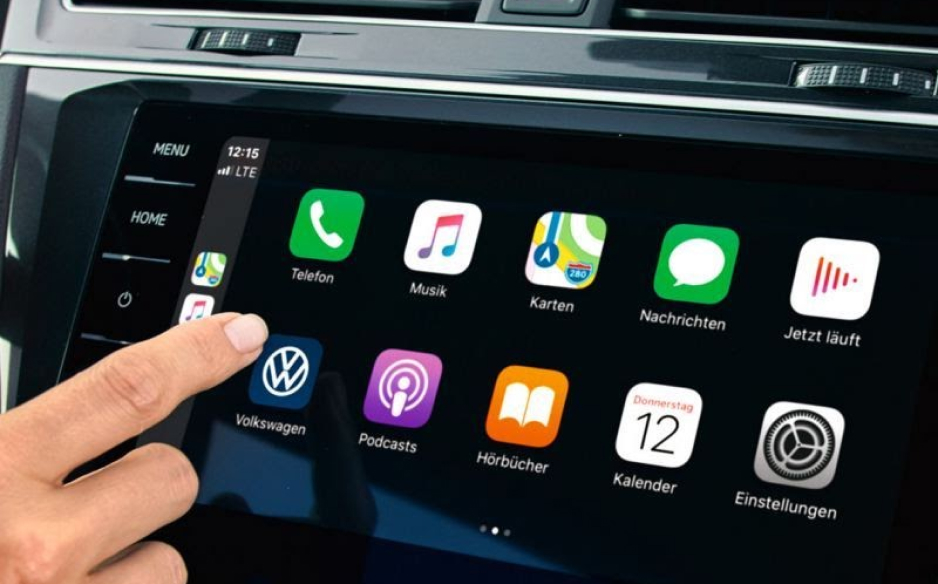Automotive UI’s: The exciting future ahead
Initially, UI’s in vehicles were aimed at informing the user about the cars speed, petrol & water levels, rev counter etc. With the introduction of built-in media players and radio systems, it became apparent that people wanted to be entertained, to add to the experience of driving.
With decades of progress in the tech world, it has led to a variety of possible interfaces: GUIs, gesture-based and touch-based systems as well as speech recognition modules.
Whilst mobile and desktop applications have become sophisticated and intuitive, with automotive UIs, it can become even more complicated since there is the extra factor to consider of the users’ safety as well as the fact that an interface could ultimately contribute to whether a vehicle is desirable. A poor usability interface could lead to huge financial losses for the vehicles manufacturer if users have a negative experience.
What are some of the basic design principles for automotive user interfaces?
- Messages and copy should be short to prevent distractions from driving
- For the majority of cases dark UI’s reduce the risk of glairiness and often achieve a better contrast for GUI elements.
- Avoid complex gestures. Sometimes a physical button often performs better.
- Readable fonts. Type should be easy for the driver to read and a suitable font size will also add to the experience.

Google and Apple vehicle UI’s
In 2021, Google developed an automotive design system (Design for Driving Foundations), that they utilise when making their Android OS.
Here are 3 best design practices that they suggest:
- Avoid animations, video and auto-scrolling content, particularly if its not related to driving and distracts the driver.
- Consider adjusting the interface colour scheme to reflect the time of the day.
- Touch elements should have an appropriate size.
Apples’ offer to the industry is CarPlay, a technology system which uses the iOS functionality on the screen of your cars display. It allows the user to interact with their iPhone via the vehicles touch screen.
User expectations drive the need for better vehicle UI/UX
With today’s iPad generation, where people who see a display expect to be able to touch and interact with it, they expect that their cars display interface to reflect and even strengthen the brand that they’re buying into. They expect the interface to not only connect to the digital world but also connect to the environment around them. Ultimately they want to form an emotional connection with their car, even if it’s subliminal.
What’s the future for Vehicle GUI’s?
Customisation. One of the most important features of any device or software can offer is customisation. Users no longer want to just settle with pre-manufactured software that doesn’t allow you to use it in the way that you want.
Some vehicles already come with a digital dashboard/display which is somewhat customisable – to an extent. For example, users may be able to customise their driving mode, which in turn can make driving more pleasant and potentially safer. However, the real game-changer in the future will be the option that will allow users to completely customise the visual elements of dashboards, from choosing colour schemes to rearranging graphical elements.
It’s without a doubt that we are going to see some amazing designs in the near future, which are going to inspire users to drive even more. The only challenge we will all face is to ensure our eyes remain on the road!
Back to the journal